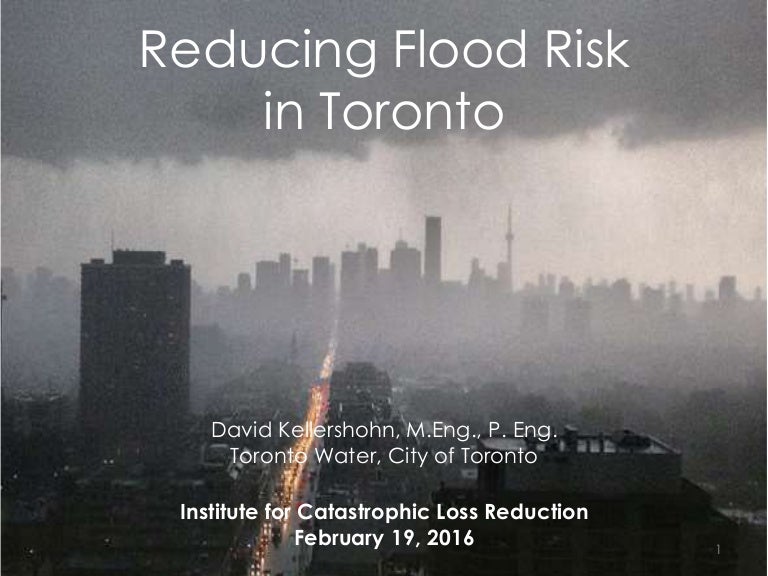I definitely remember the H-series cars being shortened to 4s outside of the peak. I remember being on a train as a little kid that was shortened at Warden Station (then the end of the line), they decoupled a pair, and maintenance staff got on board the decoupled pair and began mopping it, as it decamped for Greenwood Yard, while the rest of the cars would go onward after giving the de-coupled pair a head start.
Aside from that, the TTC used to have markers under the platforms (probably still do) indicating when to cut the motor, and when to begin breaking and where to stop.
The markers came in 2-colour sets, black and white, and black and yellow, one for the G-Series (red trains) and one for all the others.
Each marker set had a number on it, 4, 6 or 8 which was for the length of the train.
As different lengths of train had different stopping speeds.





